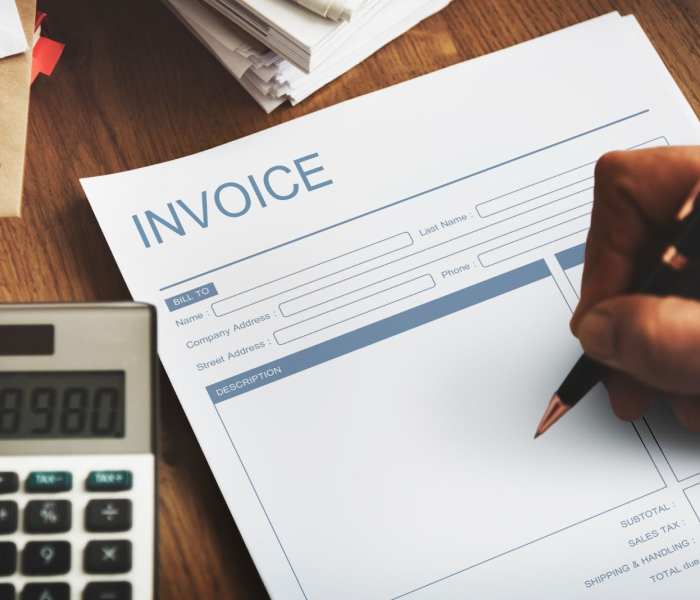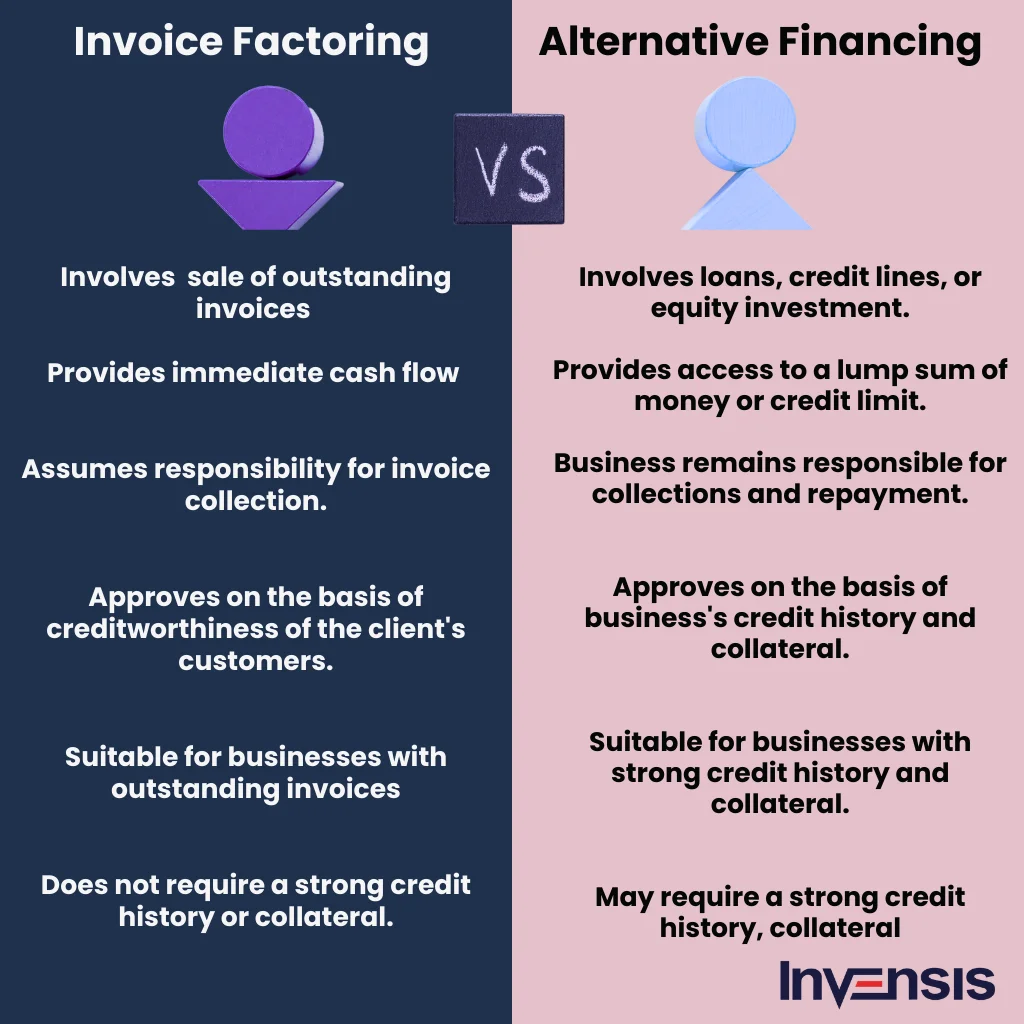
In the world of finance, invoice factoring stands as a dynamic and pivotal service offered by factoring companies. These financial institutions specialize in unlocking the potential of outstanding invoices, providing businesses with an immediate influx of capital.
The essence of invoice factoring, also popular as accounts receivable financing, lies in the art of transforming unpaid invoices into liquid assets. It caters to the unique financial needs of enterprises across various industries. Factoring businesses play a key role in facilitating this transformation, offering financial flexibility, and aiding in the pursuit of business growth. This financial strategy allows companies to seize opportunities, navigate cash flow challenges, and maintain steady operations.
In this blog, we will delve into what is invoice factoring and gain a comprehensive understanding of how it operates within the business landscape.
The usefulness of invoice factoring for businesses can best be understood by how it helps logistics companies stay afloat. In logistics, cash flow is crucial, and invoice factoring is pivotal in ensuring efficient operations.
Logistics firms often wait for customer payments while grappling with immediate expenses like fuel, maintenance, and payroll. Invoice factoring offers a solution by allowing these companies to sell their unpaid customer invoices to a third-party financial institution, known as a factor. In return, they receive an upfront cash advance, typically covering a significant portion of the invoice's value.
The benefits for logistics companies are substantial. Firstly, invoice factoring provides an immediate infusion of cash, improving cash flow and enabling them to bridge the gap between invoicing and receiving payments. This newfound financial stability allows logistics firms to have more clients, expand their services, or invest in critical resources and technology upgrades to stay competitive.
Furthermore, since factors often perform credit checks on clients, this financial tool can help mitigate the risks associated with unreliable or slow-paying customers. Lastly, it eliminates the need to chase down payments and manage accounts receivable, allowing logistics companies to focus on their core functions and grow their business efficiently. In essence, invoice factoring is a strategic choice that empowers logistics companies to navigate the financial challenges of their industry effectively.

Let's explore the intricate workings of invoice factoring.
Invoice financing starts when a prospective client seeks factoring services where the client could be a small business, growing company, or even a well-established business.
When these businesses start an inquiry, the factoring business initiates a comprehensive evaluation process. It includes assessing the client's creditworthiness, reviewing their financial health, and examining the quality of their outstanding invoices. The factoring business opts for these evaluation processes to ensure that the invoices presented are legitimate, free from disputes, and ultimately check the eligibility of the client.
Once the evaluation process is completed successfully, the factoring businesses move forward to establish the terms and conditions before initiating a factoring relationship. They outline the specifics of the partnership. It includes fees, advance rate, duration of the agreement, and others.
On the other hand, advance rates determine the exact amount of the invoice value the client receives upfront. This rate can vary but normally ranges between 70% to 90% of the invoice value. However, the exact percentage depends on factors such as the type of industry, client's creditworthiness, business history, and others.
The duration of the factoring agreement is also decided at this stage. Some businesses choose short-term factoring, while others choose long-term agreements based on their requirements.
Once the amount and terms are finalized, the client gets a full-fledged opportunity to conduct its business as usual. Also, the business generates invoices for goods or services provided to their customers. However, from this time, the client has to submit these invoices to the factoring businesses instead of sending them to their customers.
The invoice submission process for factoring business is usually straightforward and completely streamlined. It involves the electronic transmission of invoices for swift and error-free funding.
Upon receiving the submitted invoices, the factoring business quickly initiates the funding process after
The fund infusion process usually takes 24 to 48 hours but becomes invaluable to the clients. It empowers them to cover their necessary expenditures without delay.
After providing advance, the factoring business takes the responsibility of collecting payment from the client's customers. This process includes various key elements such as:
Upon the customer's full payment of the invoice, the factoring business initiates the release of the reserve. It's a critical moment in the invoice factoring process. However, before this release occurs, the factoring business carefully calculates and deducts discount and service fees from the collected fund.
This meticulous approach ensures transparency and accuracy in financial transactions. It also offers clarity to both parties involved in the process. Once these deductions are settled, the remaining balance, known as the reserve, is promptly released to the client.

The future of invoice factoring appears promising and dynamic. As businesses increasingly seek flexible and rapid financial solutions, the demand for invoice factoring is likely to grow. Technological advancements will play a pivotal role, integrating AI and blockchain streamlining processes, enhancing credit assessments, and improving transparency. These innovations will lead to quicker approvals, minimizing the time it takes for businesses to receive funding.
Furthermore, invoice factoring may expand beyond traditional sectors like manufacturing and logistics, finding applications in emerging industries such as the gig economy and e-commerce. This growth is poised to attract new players and foster competition, potentially driving down costs and offering even more favorable terms for clients.
At Invensis, we help businesses embrace these changes by adopting cutting-edge technologies and verified and well-defined workflows to meet client-specific needs. From detailed documentation to credit risk mitigation, we offer customized solutions to businesses, ensuring speed and efficiency. Contact us to overcome the intricacies of credit checks, documentation, and other administrative work with our factoring support services.
Category

Increase in revenue unlocks opportunities for business expansion,market leadership etc. Know how to increase business revenue here.
May 8, 2024
|

Positive customer experience drives repeat business, and generates positive word-of-mouth referrals. Know how to improve your customer experience here.
May 8, 2024
|

An effective customer service strategy is essential in 2024. Learn how to improve customer service with our expert tips and innovative techniques.
May 8, 2024
|
